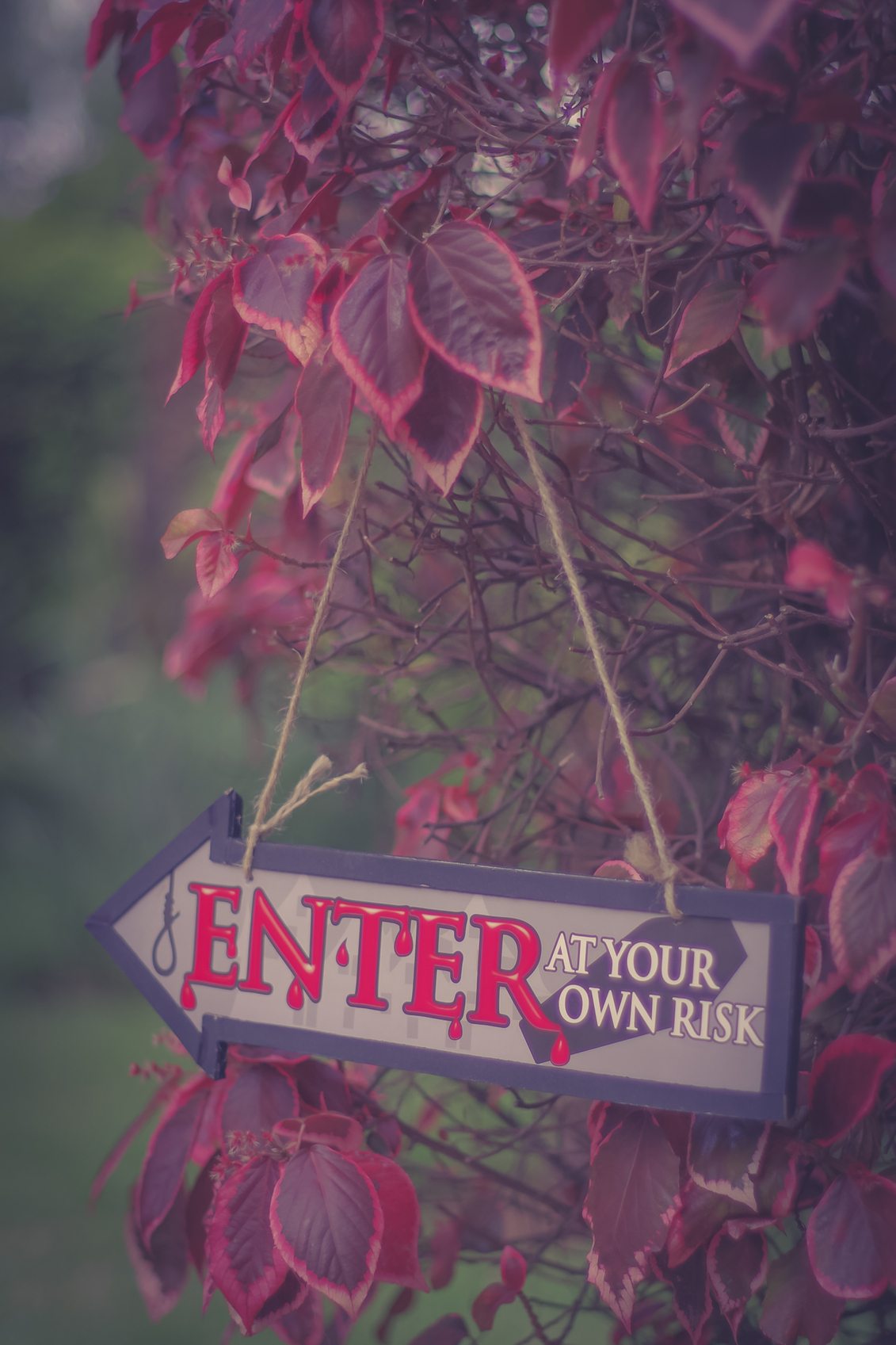What Is Le Jardin Sanguinaire: Tips For Creating Gardens Of Gore


Ghoulish takes on nature may not be everyone's cup of tea, but adding a touch of macabre to the landscape is a sure way to surprise guests and add some creepy fun to the garden. A Jardin Sanguinaire is a historical take on gardening that mixes elements of the mysterious and unexplained. What is Le Jardin Sanguinaire? Literally, it means Blood Garden, and introduces plants with "blood" in the name or blood red color and those with traditional uses to improve blood health to the garden scheme.
How to Create a Le Jardin Sanguinaire Garden
Bloody garden themes are perfect for the Halloween holidays, but can add an interesting focal point to the landscape year around. If you are interested in herbal remedies combined with rich, red foliage and flowers, creating gardens of gore influenced plants might be the right fit for you. Learn how to create a Le Jardin Sanguinaire garden to enhance the eerie aspects of your home and bring in a touch of the morbid nature of death mixed with the wondrous aspect of living things. The history of gardening is filled with many planting schemes, both for pleasure and for healing or sacred use. Bloody garden themes can mix in these traditional planting schemes to create a place rich with color, mystery and meaning. The term ‘Sanguinaire’ is often used in botanical plant names as sanguinea, meaning "blood." This usually refers to the color of the plant, as in Sarcodes sanguinea, or snow plant. This plant has deeply red flowers that arrive while snow still covers the ground. Huechera sanguinea is a maroon red ornamental plant with rich red, tiny flowers. Stromanthe sanguinea is another of the blood-themed plants. It has spectacular foliage striped in hues of cream, green, and rich platelet red. There are others with the moniker such as Datura sanguinea, Holmskioldia sanguinea, Cornus sanguinea, and Brugmansia sanguinea.
Creating Gardens of Gore with Red Bloody Hues
A plant doesn't have to be designated "sanguinea" to fit into the blood-themed plants category. Any rich red-toned plant, either in foliage or flower, can fit into the macabre garden. Add in notes of the unexplained statues reminiscent of cemetery stones or gothic architecture and you have a true blood garden. Some plants that will enhance this theme might be:
- Japanese blood grass
- Dragon's blood stonecrop
- Blood lily
- Sunset blood red wallflower
- Blood red oleander
- Red poppy
- Surfinia blood red petunia
- Love-lies-bleeding red amaranth
- Lady-in-red scarlet sage
- Blood red rose campion
- Blood red trumpet vine
- Bleeding heart
These deeply red flowering blood themed plants would be offset nicely by black foliage plants such as:
- Black mondo grass
- Black Coral colocasia
- Eucomis Dark Star
- Oxalis regnellii ‘Triangularis’
The Blood Health Garden
Many herbs, roots, and plant leaves have long been considered medicinals for a host of ailments. Improving circulation and blood health are one of the health issues you might consider as you build your Jardin Sanguinaire. Fun medicinal plants that can complement these selections might include the following:
Edible plants said to have potent blood pressure lowering capabilities and also form an excellent base for a tasty and attractive kitchen garden include:
Mixing these plants in with the more obvious red plants and sanginea species will round out the blood garden and add an herbal touch for better health. As with any natural remedies, check with your doctor to see if they are right for you.
Gardening tips, videos, info and more delivered right to your inbox!
Sign up for the Gardening Know How newsletter today and receive a free copy of our e-book "How to Grow Delicious Tomatoes".

Bonnie Grant is a professional landscaper with a Certification in Urban Gardening. She has been gardening and writing for 15 years. A former professional chef, she has a passion for edible landscaping.
-
 Grow ‘Karl Rosenfield’ Peony Plants For The Ultimate Frilly Border Beauties And Cut Flowers
Grow ‘Karl Rosenfield’ Peony Plants For The Ultimate Frilly Border Beauties And Cut FlowersFor frilly double magenta peony petals infused with a heady fragrance, grow ‘Karl Rosenfield’ peony plants. Here’s how to cultivate the ultimate plushy blooms
By Tonya Barnett
-
 10 Common Composting Problems That Can Spoil Your Garden Gold – Plus Easy Fixes
10 Common Composting Problems That Can Spoil Your Garden Gold – Plus Easy FixesLearn how to troubleshoot common composting issues before they ruin your stash – from bad smells and bugs to materials not breaking down as they should.
By Susan Albert